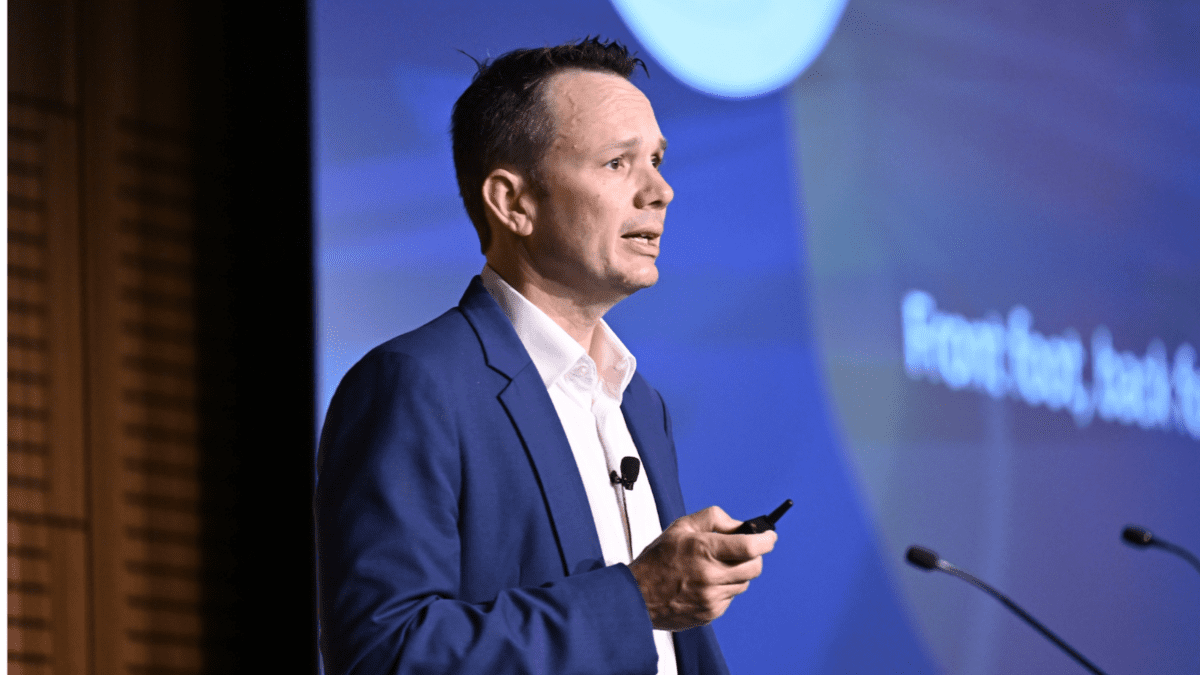Janus Henderson launches Decarbonisation Index
At the COP 26 UN Climate Change meeting in Glasgow last November 2021, parties came together to accelerate action towards the goals of the Paris Agreement and the UN Framework Convention on Climate Change.
At Glasgow, global funds manager Janus Henderson put together a panel of experts to take a closer look at decarbonisation in emerging markets. The ways in which developed markets deal with decarbonisation and the path to net-zero carbon dioxide emissions are completely different to how emerging market economies do so. While many developed market economies, including Australia, have come out of Covid-19 quite well, many of the emerging markets are still struggling with the pandemic.
This makes their transition to decarbonisation an even harder task.
Janus Henderson says: “A fundamental issue is the need for much better financing mechanisms for emerging markets to transition to net-zero, and especially the ‘bankability’ of renewable energy projects. Better financing mechanisms could be available if more climate-related bond issuance enabled emerging markets to use the capital markets and help bridge the financing gap.”
But it isn’t just financing, it also requires government support. “Policy action is required as a supporting and enabling mechanism, particularly for emerging markets. Governments have a clear role to play in the energy transition and, arguably, should create the required framework and strategy,” says Janus Henderson.
One of the main challenges is energy and the dependency of many emerging markets on fossil fuels. Arguably the most important sector, it could help tackle climate change as well as bring social and economic opportunities from such projects.
In summary, Janus Henderson developed an index that tracks three things: initiatives being taken, policy frameworks, and financing need via objective, third party and open sources. The solution is the Janus Henderson Decarbonisation EM Index.

According to Janus Henderson:
“The first category, renewable energy as part of total energy final consumption, is meant to establish a benchmark level for existing renewable energy resources. The second, net-zero target dates established as part of the Paris Agreement-mandated National Determined Contributions (NDCs), are a proxy for the policy framework supporting moves towards decarbonisation. The third, climate bond issuance to date, is designed to capture to what degree a country or region has been able to tap capital markets to bridge the financing gap.”
The Janus Henderson Emerging Index figure for the region stands at 19.04 as of the end of 2021.











